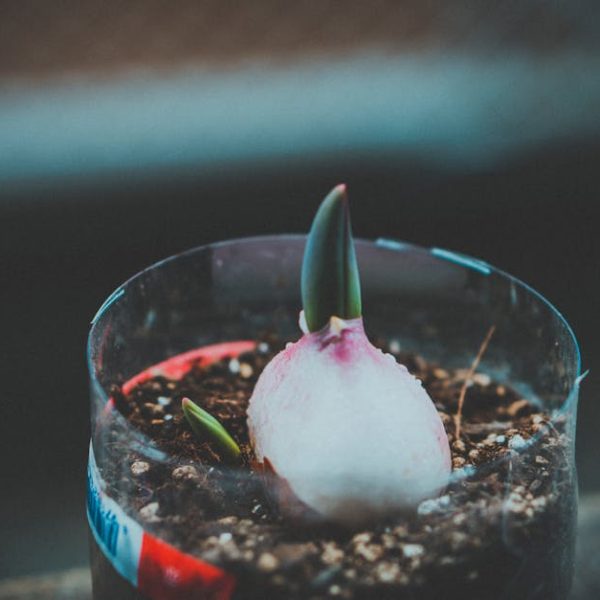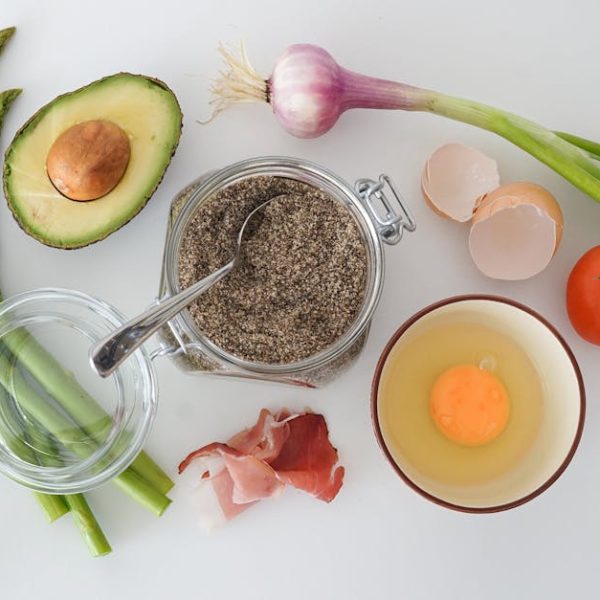Squash, with its rich, buttery, and slightly sweet flavor, belongs to the gourd family, which also includes cucumbers, melons, and pumpkins. Its plethora of colors, shapes, and tastes matches its versatility in countless dishes, from comforting soups to hearty pasta dishes. The common types of squashes that you can find include Butternut – known for its sweet and nutty flavor; Acorn – recognized by its dark-green skin and mellow taste; and Spaghetti – after cooking, the flesh shreds into spaghetti-like strands. Whilst each type of squash has unique characteristics, they generally share common(ly known) principles when it comes to storage.
Storing Squash: Prolonging Shelf Life
Proper storage of squash not only keeps it fresh but also preserves its feast of vitamins and minerals. Here are seven tips to store squash successfully:
- Cool and Dark Place: a cool environment – about 50–60 °F (10–15 °C) – helps prolong the squash’s shelf life. Store in a well-ventilated dark area, such as a pantry, to avoid overexposure to heat and light.
- Don’t Wash Until Use: keep the squash dry until it’s time to cook to prevent moisture from creating damp conditions, which encourage mold and spoilage.
- Store Whole Squash: whole squash keeps much longer than cut ones because they have their skin, or protective layer, intact.
- Wrap Cut Squash: if you need to store cut squash, wrap it tightly in plastic wrap or store in an air-tight container to prevent it from drying out.
- Refrigerate Cut Squash: always store cut squash in the refrigerator, where it can last for about a week.
- Long Term Storage: firmer winter squashes like butternut or spaghetti can last for several months in a cool basement or cellar.
- Regular Checks: when storing squash for long periods, check regularly for signs of spoilage, including soft spots, mold, and off smells.
Preparing Squash for Storage
Before storing squash, it is crucial to prepare it properly to maximize its shelf life. Begin with choosing a healthy, mature squash. Ensure it is completely clean and dry – any dirt residue or moisture can cause rot to develop. If storing whole squash, leave the stem intact as it helps to prevent bacteria from entering the squash flesh. Cut sections of squash should be appropriately wrapped to maintain moisture and freshness.
Frozen Squash: For the Long Haul
Freezing squash, especially when you’ve a plentiful bumper harvest or a supermarket sale haul, is a great way to enjoy them all year round. Frozen squash can effectively retain its nutritional profile and can conveniently be used in various dishes. However, a notable downfall is a slight change in texture and taste. A pre-freezing necessity, the blanching process, can help maintain the squash’s vibrant color, but is an additional task. For simplicity, freeze squash in portion sizes you commonly use in your meals.
Savvy Recipes: Showcasing Stored Squash
Stored or frozen squash may lose some of that fresh texture, but never fear – they can be used effectively in a variety of recipes that not only mask this imperfection but allow the squash to shine. Squash Soup, Roasted Squash, Squash Risotto, Squash and Tomato Gratin, and Squash Curry are just a few beloved dishes that don’t need fresh out-of-the-garden crispness to deliver their inviting appeal. Your stored or frozen squash will lend all the necessary sweetness, body, and color without any downsides. Simply put, a well-stored squash can help you carry the golden warmth of the harvest season into the chill of winter and beyond.
Free Squash Storage
Want to keep that squash fresh for even longer? Consider turning to your trusty freezer for a long-term storage solution. Be prepared for a slight change in texture and taste, but don’t worry – squash still retains its nutrition even when frozen! To properly freeze squash, start by choosing healthy, ripe ones. Clean them thoroughly and cut into pieces. Before freezing, remember to blanch the squash in boiling water for few minutes. This process helps to retain the vibrant color of the squash. Once blanched, allow the pieces to cool completely before packing them into freezer-safe bags or containers. Pro tip: try to freeze in portion sizes that you commonly use in your cooking to avoid wasting squashes.
| Pros | Cons |
| Prolonged storage time | May change texture and taste slightly |
| Retains nutrition | Requires preparation and blanching before freezing |
| Can be used in a variety of dishes |
Serving Up Stored Squash: Recipes Galore
Stored or frozen squash might lack the crisp texture of fresh ones, but that doesn’t mean they can’t turn into delicious meals. Want to cook up a storm with your stored squash? Here are some mouth-watering recipes:
- Squash Soup: A bowl of hearty and warming squash soup can be a comforting treat, especially in cold weather.
- Roasted Squash: Desire something roasty? Toss your stored squash with olive oil, salt, pepper, and your favorite herbs. Pop them in the oven and voila – you have a tasty side dish.
- Squash Risotto: Turn your squash into this creamy Italian dish. The creamy texture of squash blends well with Arborio rice, creating a plateful of comfort.
- Squash and Tomato Gratin: Fresh tomatoes and stored squash can team up wonderfully in this colorful, cheesy dish.
- Squash Curry: Fancy something spicy and warm? Squash Curry will be your answer. The sweetness of squash nicely compliments the spices.
Storing squash successfully is not rocket science. With these tips and recipes in your arsenal, you can enjoy the delicious flavor of squash throughout the year. So what are you waiting for? Let’s embrace the squash storing challenge!
Key Takeaway:
- Squash, including common types like Butternut, Acorn, and Spaghetti, can be stored successfully for an extended shelf life with some simple tips like keeping them in a cool and dark place and not washing until use.
- Preparing the squash properly for storage by choosing healthy, mature ones, cleaning and drying them thoroughly, and appropriately wrapping cut sections can increase its freshness.
- Freezing is an excellent option for long-term storage, despite minor changes in texture and taste, and the need for preparing and blanching before freezing.
- Various dishes, like squash soup and roasted squash, can effectively utilize stored or frozen squash, promoting resourceful and tasty use of this vegetable throughout the year.
While squash storage might seem daunting, remember that a bit of knowledge and right practices can go a long way in helping you successfully store squash to enjoy all year round. So, experiment fearlessly, knowing that a delicious dish awaits no matter what.
FAQs
Q: Can I refrigerate all types of squash?
A: Yes, but ideally only cut squash should be refrigerated. Whole squash lasts longer if stored in a cool, dark place like a pantry.
Q: Can I freeze all types of squash?
A: Yes, all types of squash can be frozen for long-term storage. However, certain types like Butternut and Acorn might retain their taste better compared to others.
Q: What are the signs of a spoiled stored squash?
A: Look out for signs like soft spots, mold, and strange odors. These are usually clear signs for a spoiled squash that isn’t safe to eat anymore.
Q: Can I use stored squash for all recipes?
A: Yes, but certain recipes work better with stored squash, especially those not requiring a crisp texture, such as soups, risotto, and gratins.
Q: How should I thaw frozen squash?
A: You can thaw it in the refrigerator overnight or directly toss frozen squash into your dish while cooking, adding a little extra time to ensure it’s heated thoroughly.
Feel free to share this article with others and browse our website for more useful posts on vegetable storage and delicious recipe ideas.






